Fishing Jigs: An Essential Tool for Anglers
Fishing jigs are a staple in the tackle box of any seasoned angler. These versatile lures are designed to mimic the movement and appearance of prey, making them an indispensable tool for both freshwater and saltwater fishing. In this comprehensive guide, we delve into the various aspects of fishing jigs, ensuring that businesses looking to supply their customers with effective fishing tools have a thorough understanding of the product.
Types and Applications of Fishing Jigs
There are numerous types of fishing jigs available, each tailored for specific scenarios and species. From round-head jigs for a general approach to specialized models like swim jigs, which are perfect for penetrating vegetation, the diversity is vast. Anglers often select a jig based on the target species, water conditions, and their fishing technique. For instance, flipping jigs are heavier and ideal for bass fishing, allowing for precise placement near cover where fish are likely to hide.
Features and Materials
The construction of fishing jigs is critical to their performance. Most jigs have a lead or tungsten head, which provides the necessary weight for casting and sinking. The hook quality is also paramount, as it must be sharp enough to penetrate the fish's mouth and strong enough to withstand a fight. Silicone or rubber skirts add to the lure's allure by creating a lifelike action in the water, simulating the movement of prey.
Advantages of Using Fishing Jigs
Utilizing fishing jigs offers several advantages to anglers. They are highly effective in attracting and hooking fish, thanks to their realistic action and appearance. Jigs can be used in a variety of fishing conditions, from clear to murky waters, and are adaptable to different fishing styles. Moreover, they are an environmentally friendly option, as they reduce the need for live bait.
Selection Criteria: Size and Color
Choosing the right size and color of fishing jigs can significantly impact fishing success. The size should correspond with the target fish species; smaller jigs for panfish and larger ones for predatory species like pike or bass. Color selection is equally important, with natural hues being effective in clear waters, while vibrant colors can yield better results in deeper or murkier environments.
Conclusion
In conclusion, fishing jigs are a fundamental component for any fishing endeavor. They offer versatility, effectiveness, and an environmentally conscious option for anglers. By understanding the different types, materials, and selection criteria, businesses can provide their customers with a valuable tool for their fishing activities.





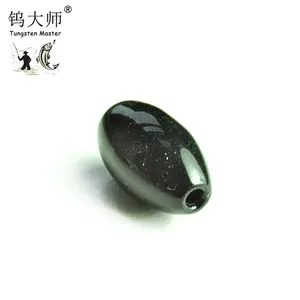



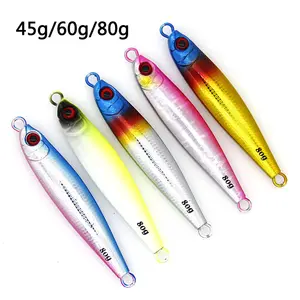

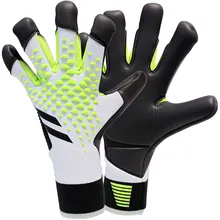





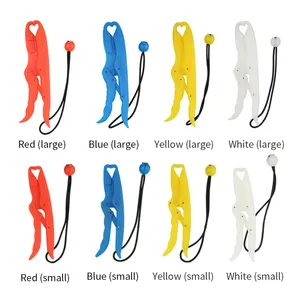
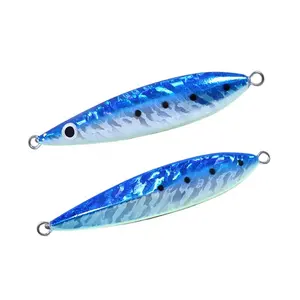
























 浙公网安备 33010002000092号
浙公网安备 33010002000092号 浙B2-20120091-4
浙B2-20120091-4